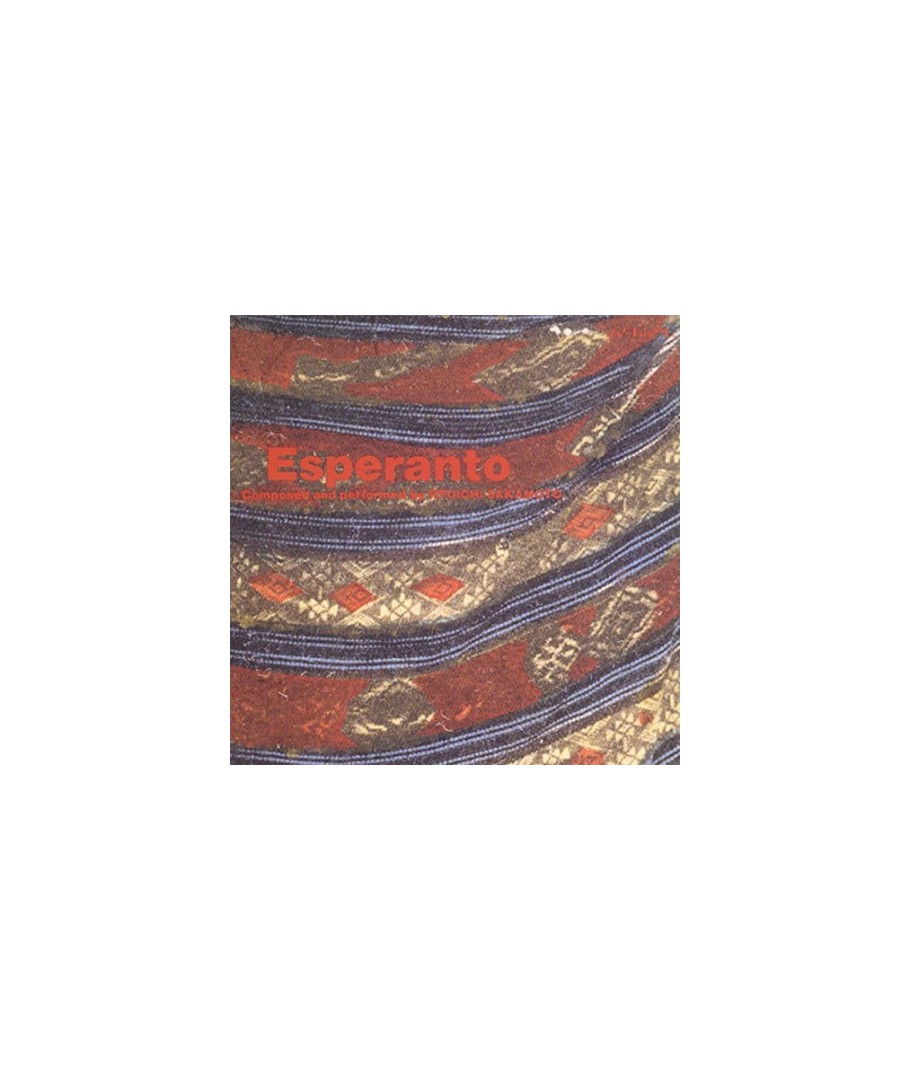
Its four sections terminate with “Salvation,” a wrenching investigation into the meaning of redemption. He also looked ahead with the new symphonic work Untitled 01. Ryuichi Sakamoto & David Sylvian: “Forbidden Colors” (1983)Īs the millennium approached, Sakamoto looked back on his career with 1996, reconfiguring works from his soundtracks for The Sheltering Sky, The Last Emperor, and other projects for a piano trio. Meanwhile, Sakamoto performed the song in various configurations over the decades, including a beautiful 2013 rendition with an amateur youth orchestra of survivors of the 2011 Tohoku earthquake and tsunami. “Behind the Mask” was a huge hit, with lyrics by the British poet Chris Mosdell, but its critique of alienation turned sour when it was covered in 1987 by celebrities including Eric Clapton and Phil Collins, who both had histories of anti-immigrant bigotry, or by Michael Jackson, who in 1982 turned it into a middling love song that went unreleased for almost 30 years. They were a more ironic Kraftwerk, perhaps, yet the politics rarely traveled well. The trio formed the Yellow Magic Orchestra with the idea, Hosono said, “to take these western ideas of the exotic and subvert them.” It worked like gangbusters: YMO began international superstars, fusing Asian kitsch and innovative electronics. One of the highlights of the album is "Adelic Penguins", a fascinating proto techno piece with a funky twist stretching over six minutes which echoes the electro funk of 1981's album "Hidari Ude No Yume." "Ulu Watu", a collage-like piece featuring bird motives and a tropical soundscape closes the album with an experimental note.This content can also be viewed on the site it originates from.īy his mid-20s, Sakamoto was already a sought-after session musician in Tokyo when he took up with Haruomi Hosono, previously of the psyche-folk band Happy End and the country-tropical collective Tin Pan Alley, and the glam rocker Yukihiro Takahashi. "Dolphins" and "A Carved Stone" are captivating ambient pieces showcasing Sakamoto's talent for setting beautiful abstract melodic ornaments over atmospheric tones.

"A Wongga Dance Song" comprises pulsating rhythms while "A Rain Song" adopts a minimalist mode with its distinctive repetitive patterns. It is composed of eight tracks displaying a varied mix of infuences. Produced and performed by Sakamoto with contribution by Arto Lindsay and Japanese percussionist YasKaz, "Esperanto" originally came out in 1985 and was Ryuichi Sakamoto's sixth solo album. The audio has been remastered in Tokyo by Seigen Ono.'Esperanto' was composed for a performance by New York avant garde choreographer Molissa Fenley. This special reissue comes with original artwork including a 2 page insert with a new introduction by Journalist Andy Beta.


'Esperanto' is a fascinating instrumental work mixing electronica, ambient and synth pop.


 0 kommentar(er)
0 kommentar(er)
